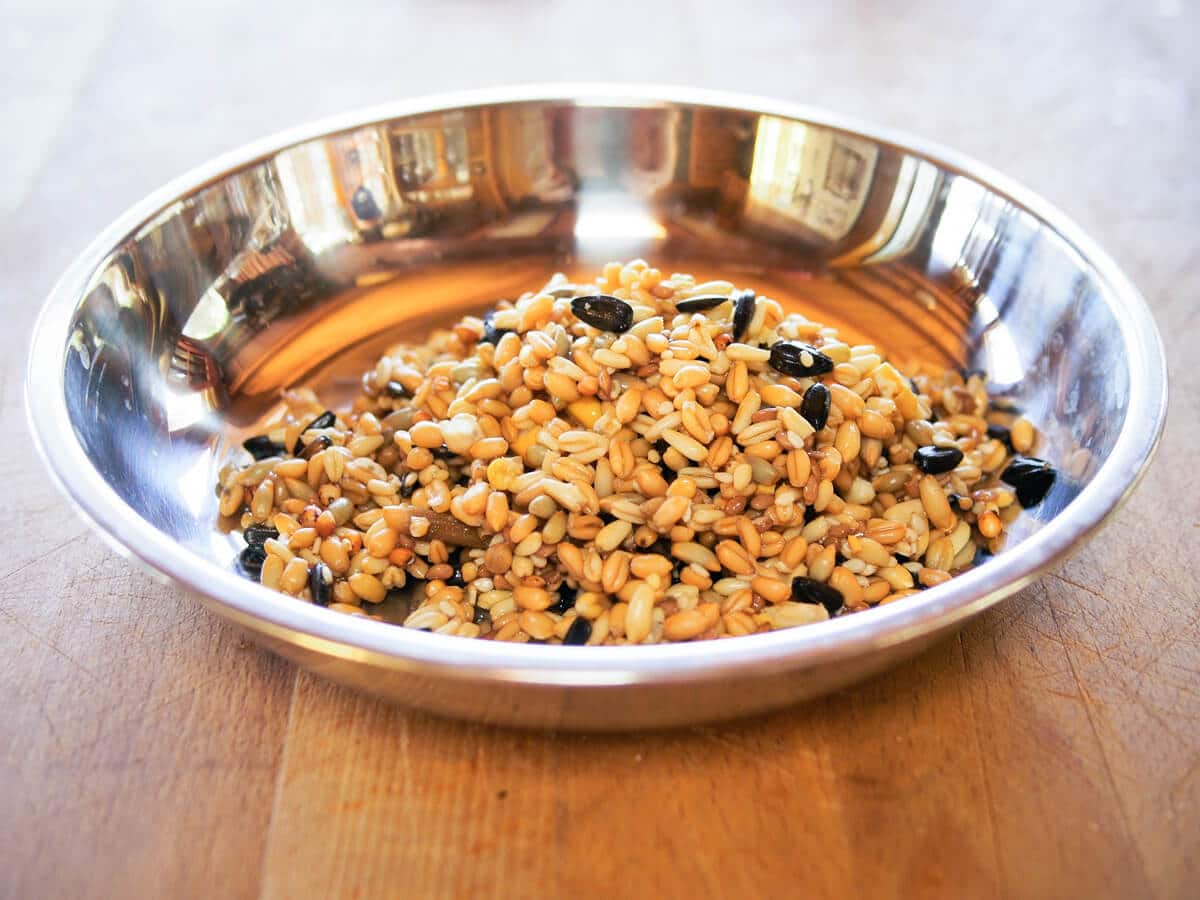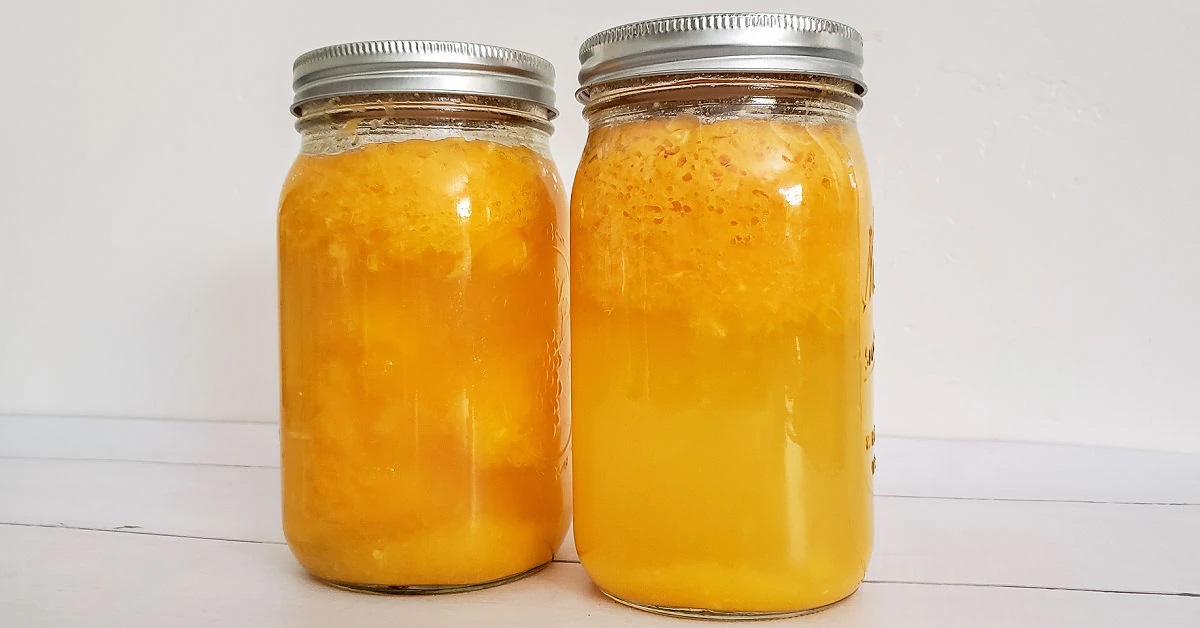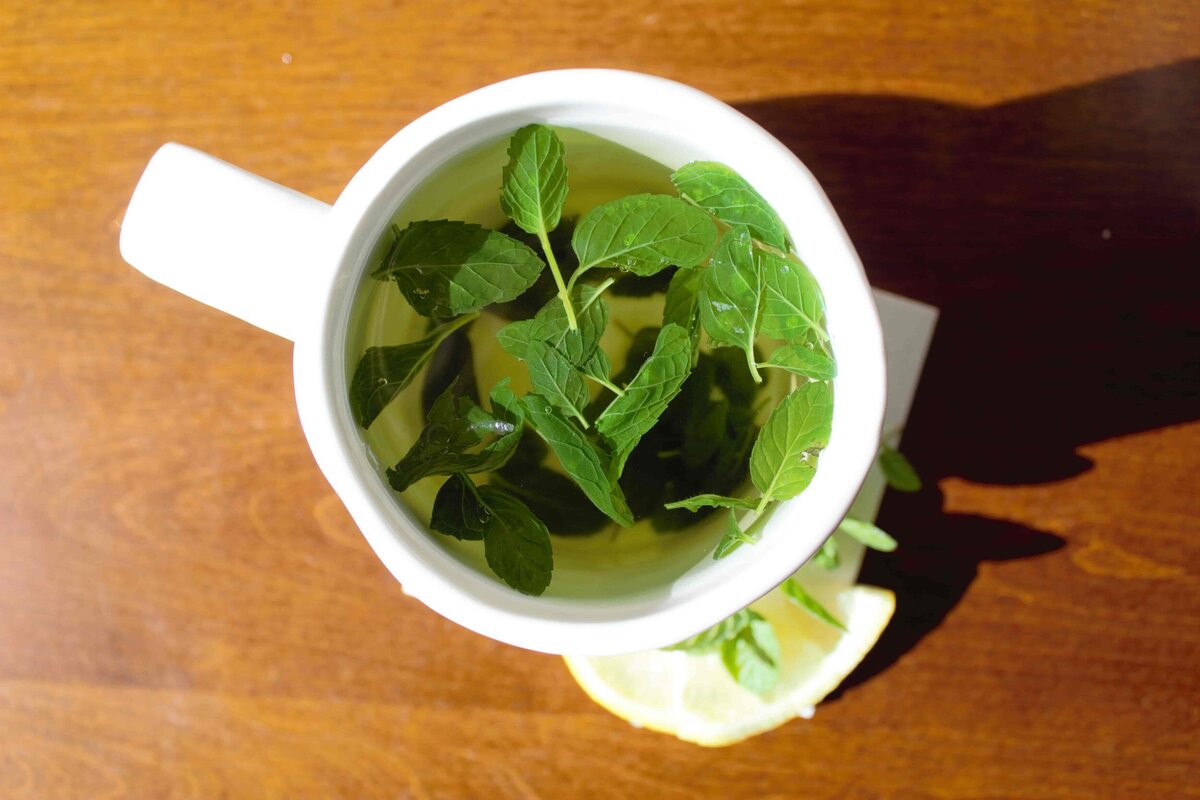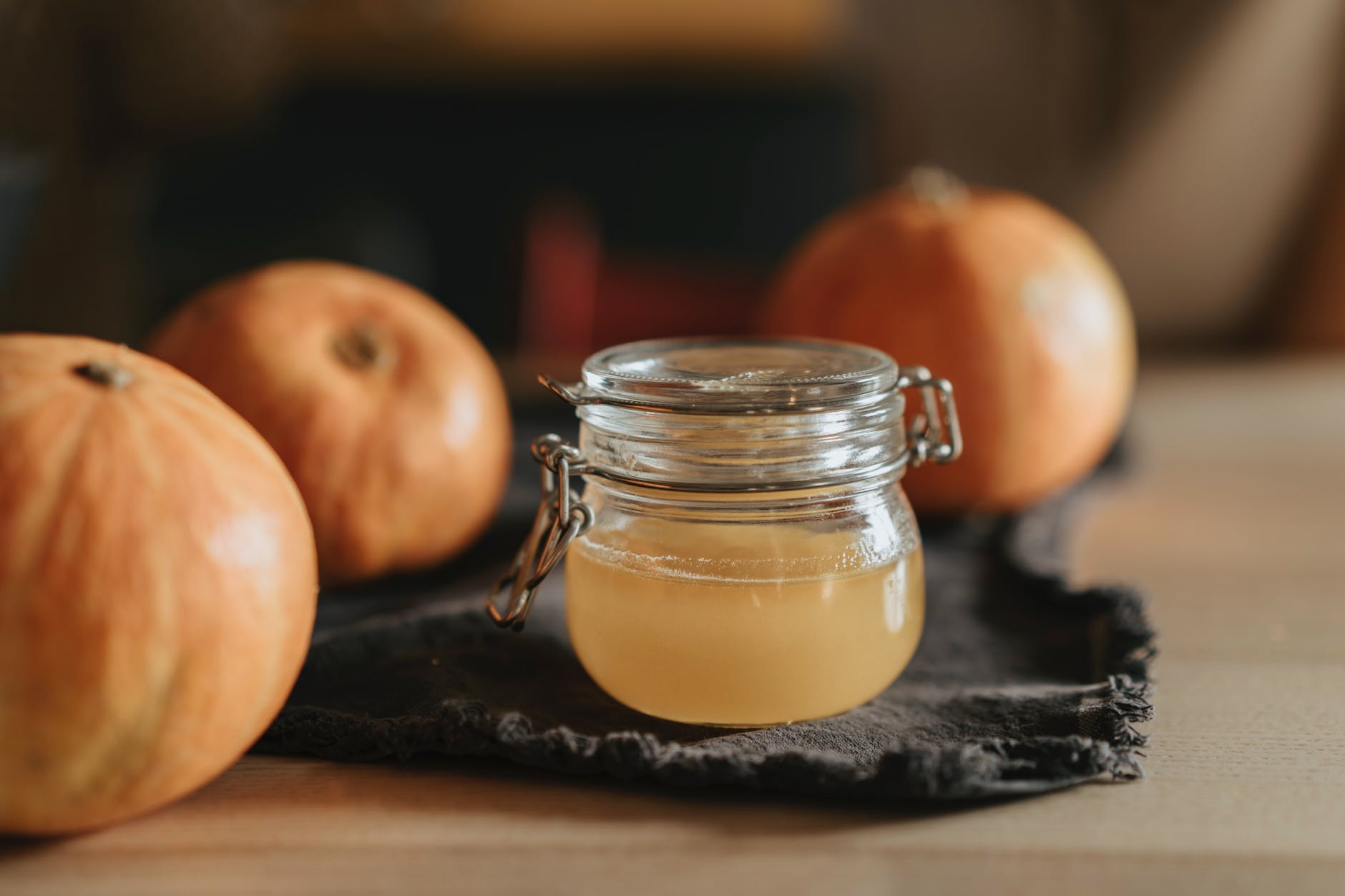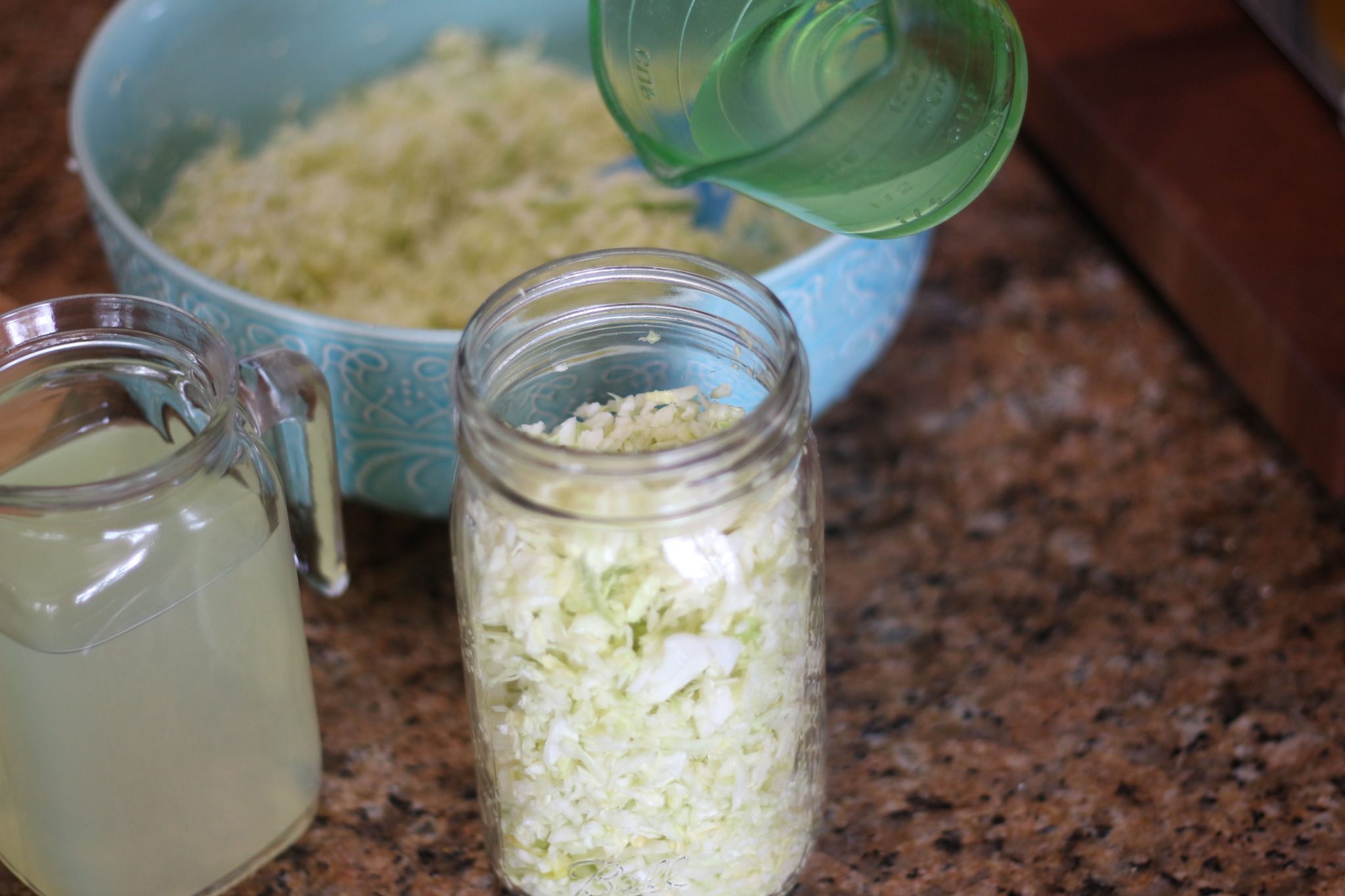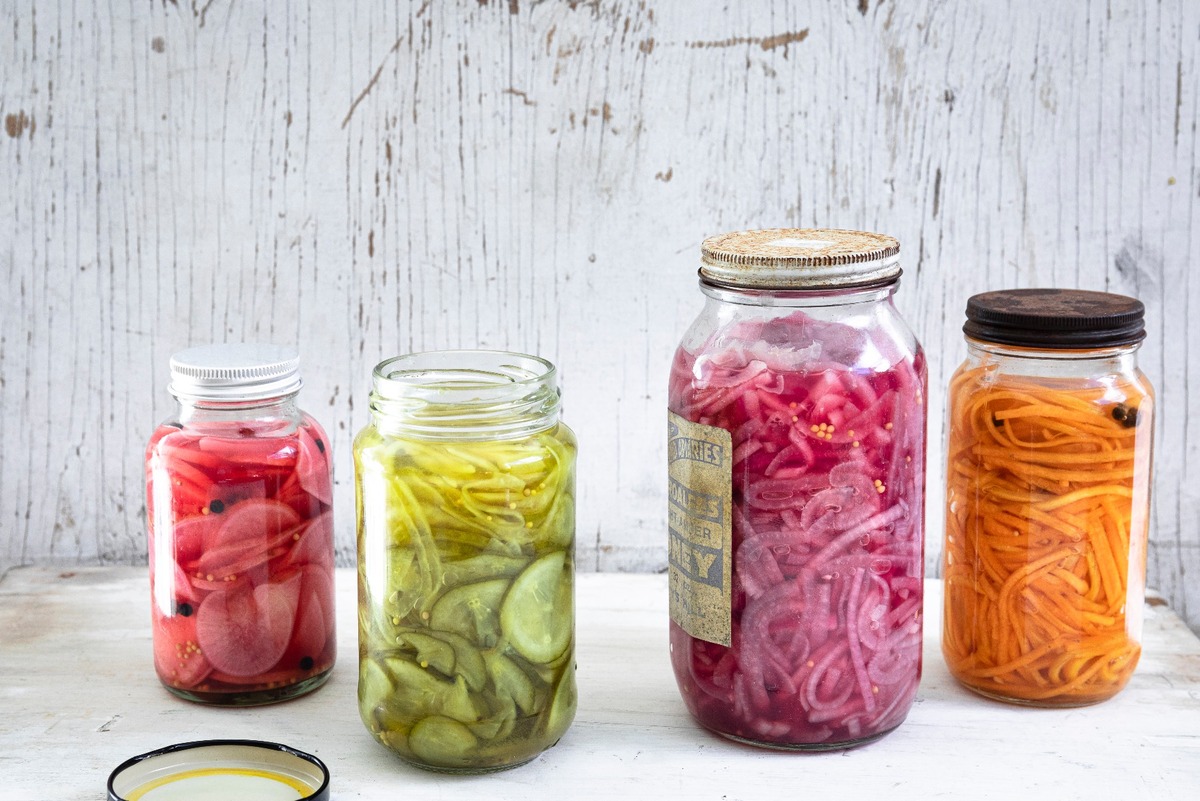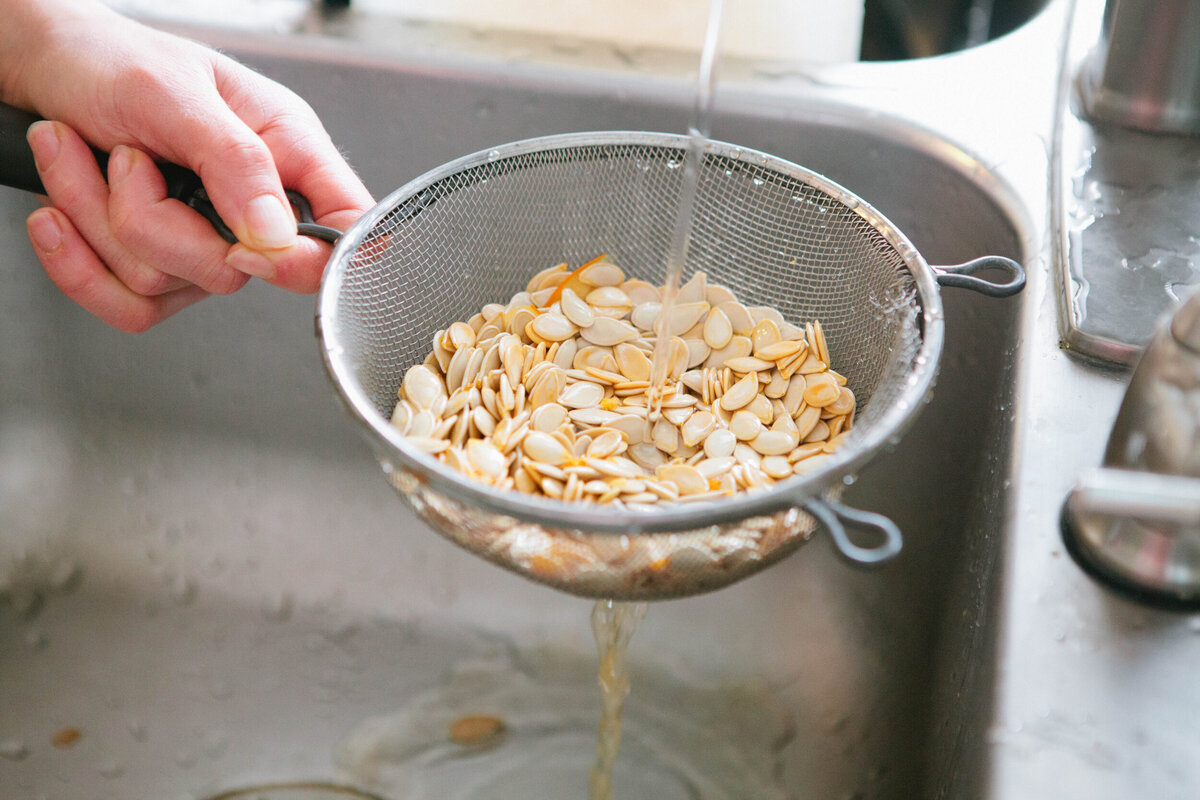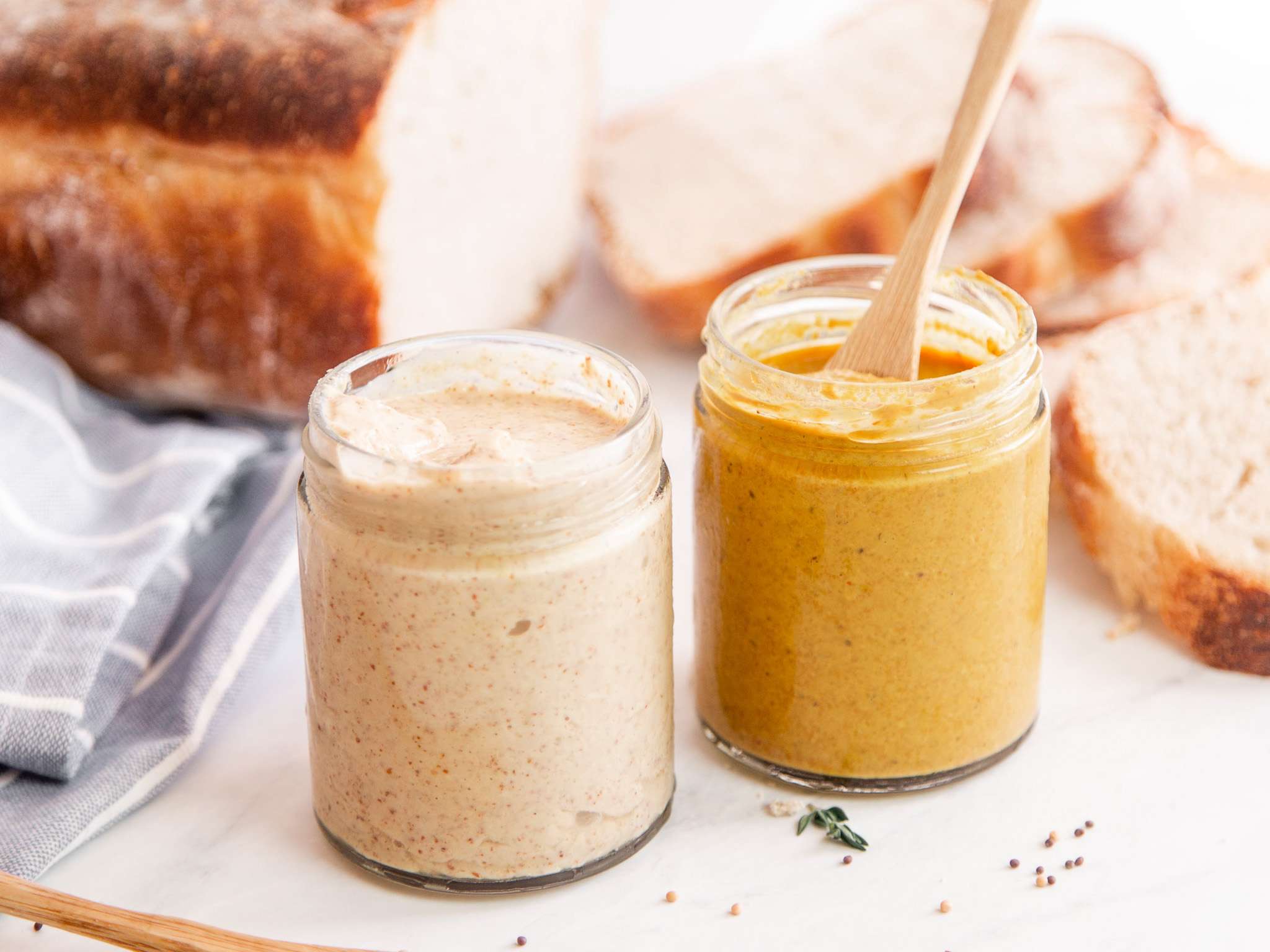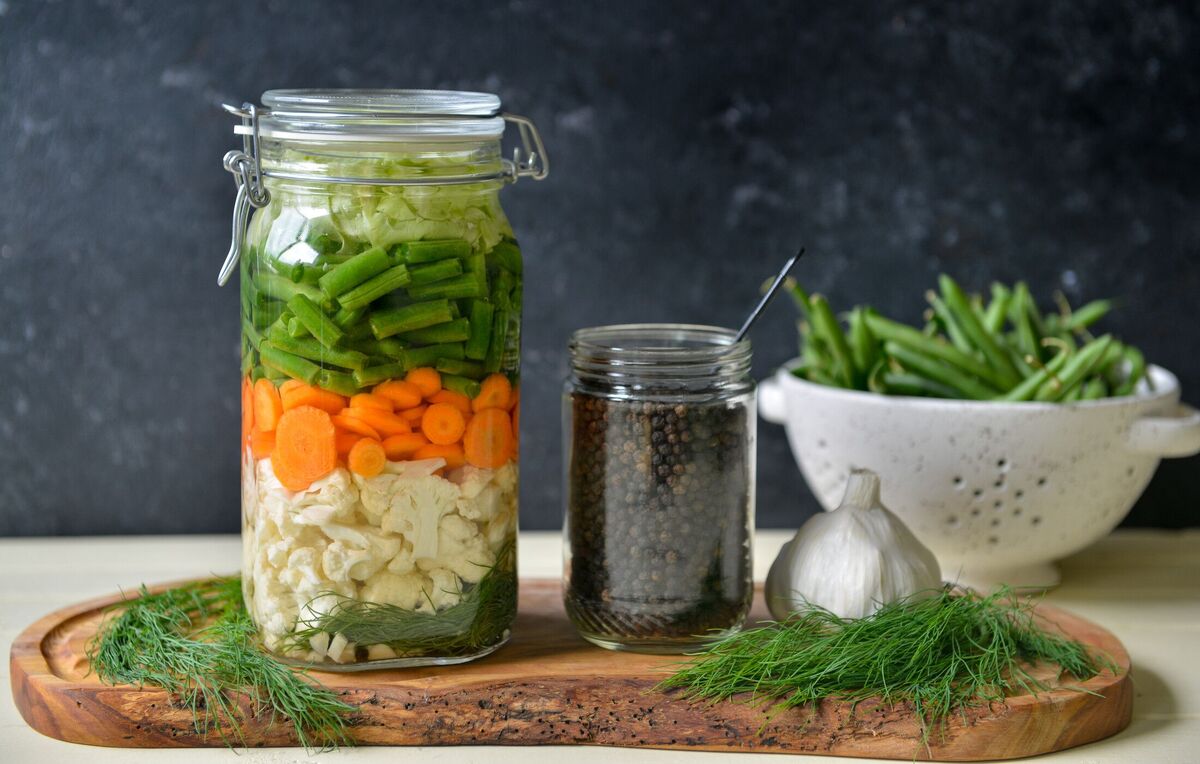Delicious and Nutritious: How to Ferment Cherries
Welcome to the wonderful world of fermentation! If you’re a fan of cherries, you’re in for a treat. Fermenting cherries is a simple and delicious way to preserve their natural flavor and enhance their nutritional benefits. Plus, the tangy, slightly fizzy taste of fermented cherries is sure to tickle your taste buds. In this guide, we’ll walk you through the process of fermenting cherries at home, so you can enjoy this delightful treat whenever you please.
Why Ferment Cherries?
Before we dive into the nitty-gritty of fermenting cherries, let’s talk about why you should give this process a try. Fermentation not only extends the shelf life of cherries but also enhances their nutritional value. During the fermentation process, beneficial bacteria break down the sugars and other compounds in the cherries, making them easier to digest and increasing the availability of certain nutrients.
Additionally, fermented cherries are teeming with probiotics, which are beneficial for gut health. These live microorganisms can support a healthy digestive system and may even boost your overall immune function. So, if you’re looking for a tasty way to promote gut health, fermenting cherries is a fantastic option.
How to Ferment Cherries: A Step-by-Step Guide
Now that you’re familiar with the benefits of fermenting cherries, let’s get into the details of how to do it. Here’s a simple, step-by-step guide to fermenting cherries at home:
- Choose Your Cherries: Select ripe, fresh cherries for fermentation. Look for cherries that are firm and free from any signs of mold or spoilage.
- Prepare the Cherries: Wash the cherries thoroughly and remove the stems. You can leave the pits in for added flavor, or pit the cherries if you prefer.
- Create a Brine: In a clean glass jar, prepare a brine using water and sea salt. The brine should be salty to the taste, similar to the salinity of seawater.
- Add Flavorings (Optional): If desired, you can add flavorings such as cinnamon sticks, cloves, or vanilla beans to the brine for an extra layer of flavor.
- Submerge the Cherries: Place the prepared cherries into the brine, making sure they are fully submerged. This helps to prevent mold and encourages the fermentation process.
- Weight It Down: Place a fermentation weight or a clean, food-safe object on top of the cherries to keep them submerged in the brine.
- Cover and Ferment: Cover the jar with a clean cloth or a fermentation lid to allow air to flow while keeping out contaminants. Let the cherries ferment at room temperature, away from direct sunlight.
- Check and Taste: After a few days, start tasting the cherries to gauge their level of fermentation. Once they reach your desired level of tanginess, transfer the jar to the refrigerator to slow down the fermentation process.
- Enjoy: Your fermented cherries are now ready to be enjoyed! Serve them as a tangy snack, blend them into smoothies, or use them as a flavorful topping for yogurt or oatmeal.
Tips for Successful Cherry Fermentation
As with any fermentation project, there are a few key tips to keep in mind to ensure successful results:
- Use Clean Equipment: Make sure your jars, utensils, and fermentation weights are thoroughly cleaned and sanitized before starting the fermentation process.
- Monitor the Fermentation: Keep an eye on the cherries as they ferment, checking for any signs of mold or off-putting odors. If you notice any issues, it’s best to discard the batch and start anew.
- Experiment with Flavors: Don’t be afraid to get creative with flavorings. Try adding different herbs and spices to customize the taste of your fermented cherries.
- Store Properly: Once the cherries have reached your desired level of fermentation, store them in the refrigerator to maintain their flavor and texture.
By following these simple steps and tips, you’ll be well on your way to enjoying the delightful flavors and health benefits of fermented cherries. So, roll up your sleeves, grab some fresh cherries, and embark on your fermentation journey. Your taste buds and your gut will thank you!
Was this page helpful?
Read Next: How To Ferment Limes
